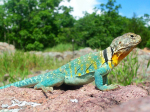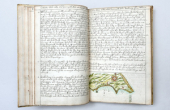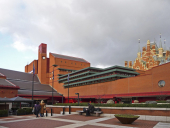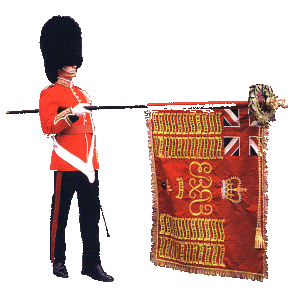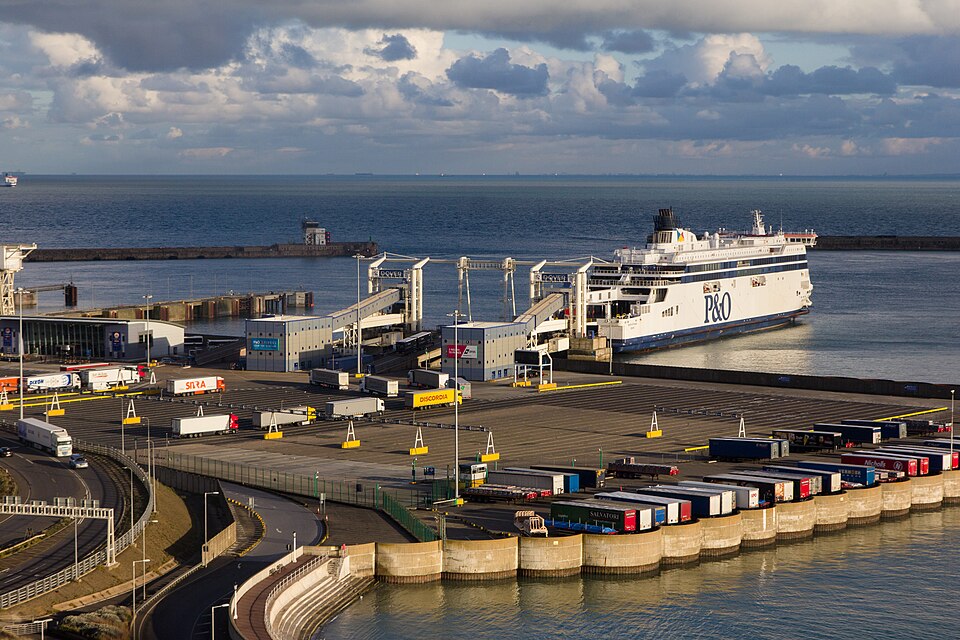
European Union digital border checks due to launch for car passengers at Dover today have been temporarily halted following guidance from French authorities, amid concerns the new system
could cause queues stretching for hours.
The Entry/Exit System (EES), which records biometric data for non-EU travellers entering the Schengen zone, was scheduled to expand to car traffic after being introduced for freight, coaches and some Eurostar passengers on October 13. The EU aims for the scheme to be fully operational across all member states by April 2026, replacing the manual stamping of passports.
But officials at Dover told the BBC they are “being guided by the French authorities on when to start” and that any introduction is likely to be gradual.
Under the system, passengers must undergo fingerprinting and facial scans. At Dover, this means drivers must leave their vehicles and walk to designated kiosks—raising fears of lengthy congestion at one of Britain’s busiest travel gateways.
Julia Lo Bue-Said, chief executive of the Advantage Travel Partnership, said on Radio 4’s Today programme that today’s planned rollout for cars would have required drivers to leave their vehicles and head to the Western Docks to complete biometric checks.
She warned the true impact on travellers will not be clear until peak holiday periods but said signs from airports, where the system has been tested at quieter times, already point to “bottlenecks”.
Passengers are required to register for EES only once every three years, unless they change their passport, typically at an automated kiosk on arrival in the EU. However, those travelling from the UK through Dover, Eurotunnel Folkestone or St Pancras International must complete the checks before departure.
Even once registered, Lo Bue-Said cautioned that delays at Dover are still likely because passengers will still need to exit their cars to prove their registration. “In airports it’s a little easier because you’re not physically having to get out of a vehicle,” she added. Photo by Alexey Komarov, Wikimedia commons.











